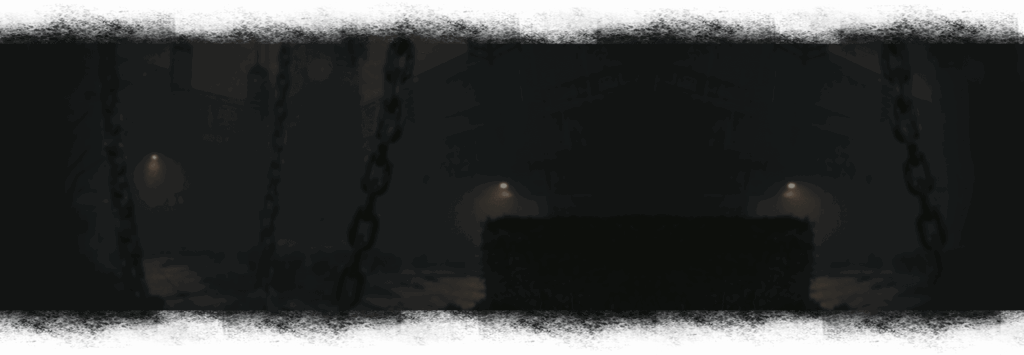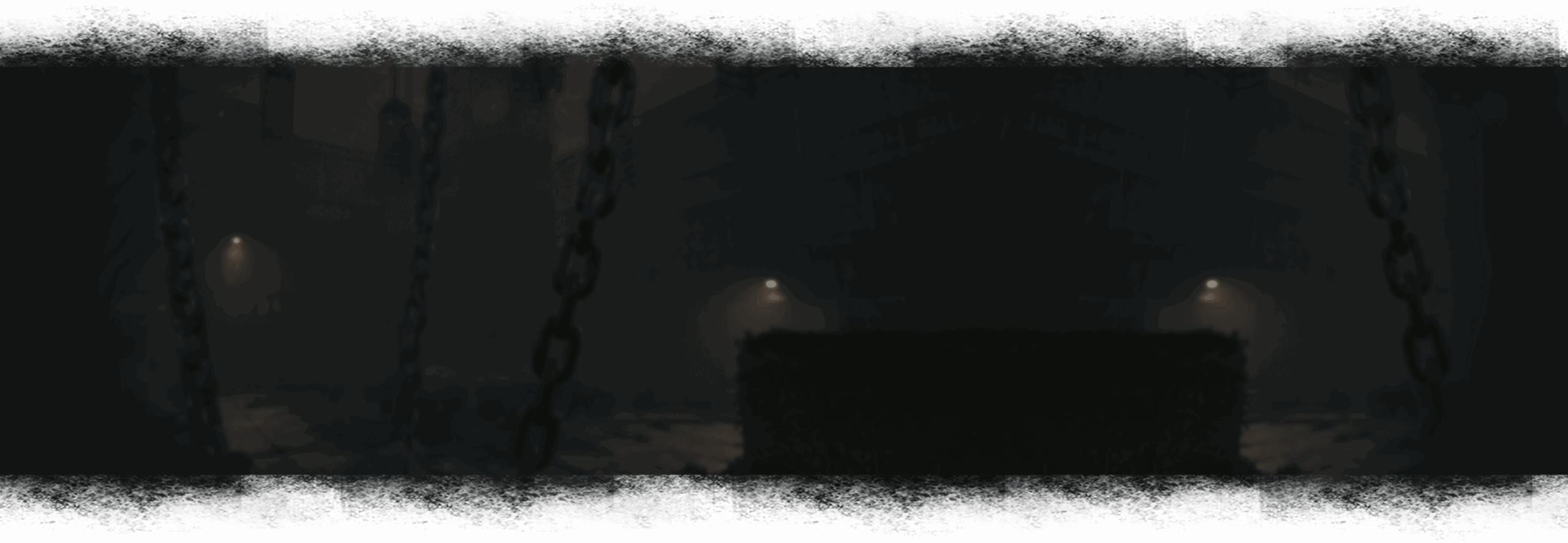
The Silent Hill Executioner: Unmasking the Twisted Figure of Judgment
The Silent Hill franchise, renowned for its psychological horror and disturbing imagery, has introduced a plethora of monstrous entities that embody the protagonists’ deepest fears and guilt. Among these nightmarish creations, the Silent Hill Executioner stands out as a particularly menacing figure, a symbol of punishment and repressed trauma. This article delves into the origins, symbolism, and impact of the Silent Hill Executioner, exploring its role in the series’ overarching narrative and its lasting impression on the horror genre.
Origins and Design
The Silent Hill Executioner, primarily known as Pyramid Head, first appeared in Silent Hill 2, arguably the most critically acclaimed installment in the series. Its design is intentionally disturbing, featuring a large, pyramidal helmet that obscures its face, a blood-stained great knife, and a muscular, humanoid body. This grotesque appearance immediately establishes the Executioner as a figure of fear and dread.
The creation of Pyramid Head is attributed to Masahiro Ito, the art director for Silent Hill 2. Ito sought to create a monster that was not only visually terrifying but also symbolically significant, representing the protagonist James Sunderland’s subconscious desire for punishment due to his repressed guilt over his wife’s death. The pyramid shape of the helmet is intended to evoke a sense of imposing authority and inescapable judgment.
Symbolism and Interpretation
The Silent Hill Executioner’s symbolism is multifaceted, reflecting the complex themes of guilt, punishment, and repressed desires that permeate Silent Hill 2. The pyramidal helmet, a defining feature, represents the weight of James’s sins and the inescapable nature of his remorse. The great knife symbolizes the violence and pain associated with his actions, both real and imagined.
Moreover, the Executioner can be interpreted as a manifestation of James’s inner torment. It actively pursues and punishes other monsters in the game, mirroring James’s own attempts to confront and atone for his past. In this sense, the Executioner is not merely an enemy but a representation of James’s self-destructive tendencies and his desperate search for redemption.
The Silent Hill Executioner’s actions within the game reinforce its symbolic role. Its brutal and often sexualized acts of violence against other creatures reflect the distorted and repressed desires that plague James’s mind. These scenes are not gratuitous but rather serve to emphasize the psychological turmoil that James is experiencing.
Role in Silent Hill 2
In Silent Hill 2, the Silent Hill Executioner serves as a recurring antagonist, constantly reminding James of his guilt and forcing him to confront his inner demons. The Executioner’s presence is not limited to direct combat encounters; it often appears in symbolic scenes, such as the infamous elevator sequence, further emphasizing its psychological significance.
One of the most memorable and disturbing scenes involving the Executioner is its assault on other monsters, particularly the mannequins and the Bubble Head Nurses. These acts of violence are not simply random acts of aggression but rather symbolic representations of James’s repressed desires and his distorted perception of women. The Executioner’s actions serve to highlight the destructive nature of James’s guilt and his inability to escape his past.
The climax of the Executioner’s role in Silent Hill 2 occurs during the final confrontation with the boss monster, Maria. The Executioner appears to punish Maria, a manifestation of James’s idealized version of his wife, Mary. This scene underscores the idea that James cannot escape his guilt, even in his fantasies. The Executioner’s ultimate demise signifies James’s acceptance of his responsibility and his willingness to confront his past.
Appearances in Other Silent Hill Games
While the Silent Hill Executioner is most prominently featured in Silent Hill 2, it has made appearances in other installments of the series, albeit with varying degrees of symbolic significance. In Silent Hill: Homecoming, a similar creature known as the Bogeyman appears, fulfilling a similar role as a symbol of punishment and repressed guilt. However, its connection to the protagonist’s specific trauma is less pronounced than in Silent Hill 2.
In Silent Hill: Revelation 3D, a film adaptation of Silent Hill 3, Pyramid Head makes a brief appearance, primarily serving as a visual spectacle rather than a complex symbolic figure. This portrayal has been criticized by some fans for lacking the depth and nuance of its original incarnation.
Despite these variations, the Silent Hill Executioner’s iconic design and association with themes of guilt and punishment have cemented its place as one of the most recognizable and enduring monsters in the Silent Hill franchise. Its presence in subsequent games, even in a limited capacity, serves as a reminder of the series’ core themes and its ability to explore the darkest recesses of the human psyche.
Impact on the Horror Genre
The Silent Hill Executioner has had a significant impact on the horror genre, influencing the design and symbolism of monsters in other video games, films, and literature. Its iconic appearance and association with themes of guilt and punishment have made it a popular subject of fan art, cosplay, and academic analysis.
The Executioner’s success lies in its ability to tap into primal fears and anxieties. Its grotesque design and violent actions evoke a sense of unease and dread, while its symbolic representation of guilt and punishment resonates with audiences on a deeper, psychological level. This combination of visceral horror and psychological depth has made the Executioner a truly memorable and influential monster.
Furthermore, the Silent Hill Executioner’s role in Silent Hill 2 has helped to elevate the game to the status of a psychological horror masterpiece. The game’s exploration of complex themes such as guilt, trauma, and repressed desires, combined with its disturbing imagery and unsettling atmosphere, has cemented its place as one of the most influential and thought-provoking horror games of all time.
Analysis of Pyramid Head’s Evolution
The evolution of Pyramid Head, or the Silent Hill Executioner, across various Silent Hill media showcases a fascinating shift in its portrayal. Initially, in Silent Hill 2, it was intrinsically linked to James Sunderland’s personal torment, acting as a manifestation of his guilt and suppressed desires. This version was deeply psychological, serving as a critical element in the narrative’s exploration of trauma and responsibility.
However, subsequent appearances, particularly in films and other games, often diluted this profound connection. The character became more of a generic monster, a visually striking but narratively less significant threat. This shift has been a point of contention among fans, with many arguing that removing the personal context diminishes the character’s impact and reduces it to mere fan service. The essence of the Silent Hill Executioner lies in its symbolic weight, and without that, it loses much of its power.
The Psychological Depth of Silent Hill Monsters
One of the defining characteristics of the Silent Hill series is its emphasis on psychological horror. Unlike many other horror franchises that rely on jump scares and gore, Silent Hill delves into the inner workings of its characters’ minds, using monsters and environments to represent their fears, anxieties, and traumas. The Silent Hill Executioner is a prime example of this approach, embodying James Sunderland’s guilt and self-punishment in a tangible and terrifying form.
This focus on psychological depth sets Silent Hill apart from other horror games and contributes to its enduring appeal. By exploring the psychological vulnerabilities of its characters, the series creates a more immersive and unsettling experience that lingers long after the game is over. The Silent Hill Executioner, with its complex symbolism and disturbing appearance, serves as a constant reminder of the series’ commitment to psychological horror.
The Enduring Legacy of the Executioner
The Silent Hill Executioner, or Pyramid Head, has secured its place as one of the most iconic and recognizable monsters in video game history. Its unique design, coupled with its deep symbolic significance, has made it a subject of fascination for fans and scholars alike. The character’s enduring legacy is a testament to the power of psychological horror and the ability of video games to explore complex and challenging themes.
From its origins as a manifestation of guilt and self-punishment to its subsequent appearances in other media, the Executioner has continued to captivate and disturb audiences. Its influence can be seen in countless other works of horror, and its image remains a potent symbol of fear and dread. As long as the Silent Hill series continues to resonate with players, the Silent Hill Executioner will continue to haunt our nightmares.
In conclusion, the Silent Hill Executioner is more than just a monster; it is a symbol of guilt, punishment, and repressed trauma. Its iconic design and complex symbolism have made it one of the most recognizable and influential creatures in the horror genre. Its role in Silent Hill 2 as a manifestation of James Sunderland’s inner turmoil has helped to elevate the game to the status of a psychological horror masterpiece. The enduring legacy of the Executioner is a testament to the power of psychological horror and the ability of video games to explore the darkest recesses of the human psyche. [See also: Silent Hill 2 Review] [See also: Psychological Horror Games] [See also: The Making of Silent Hill]

